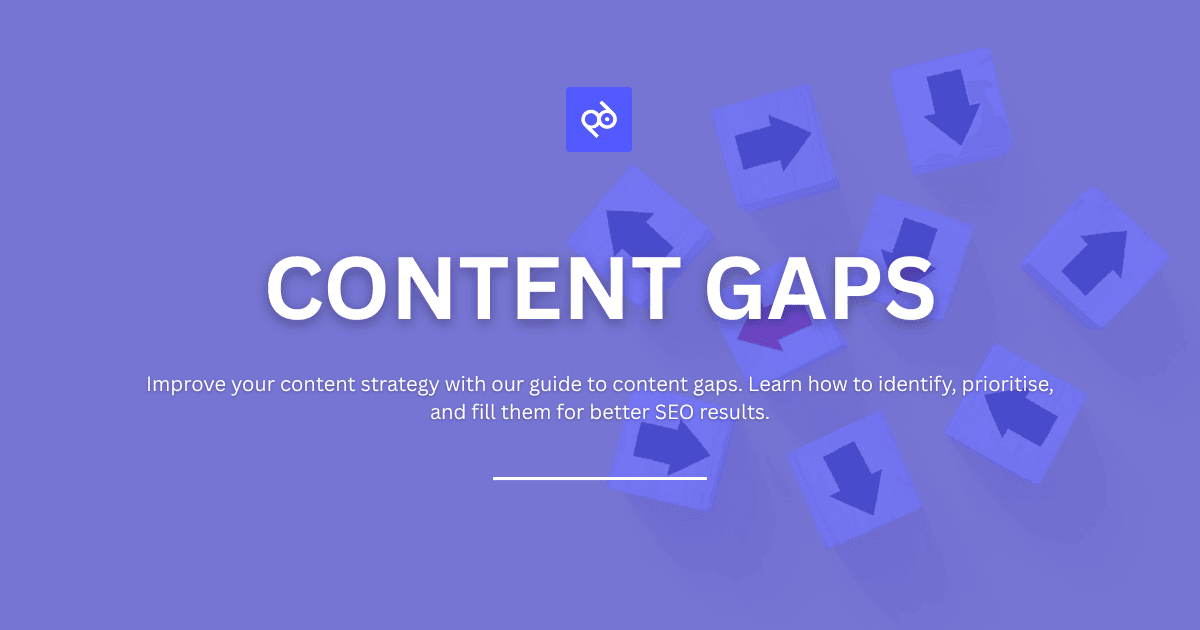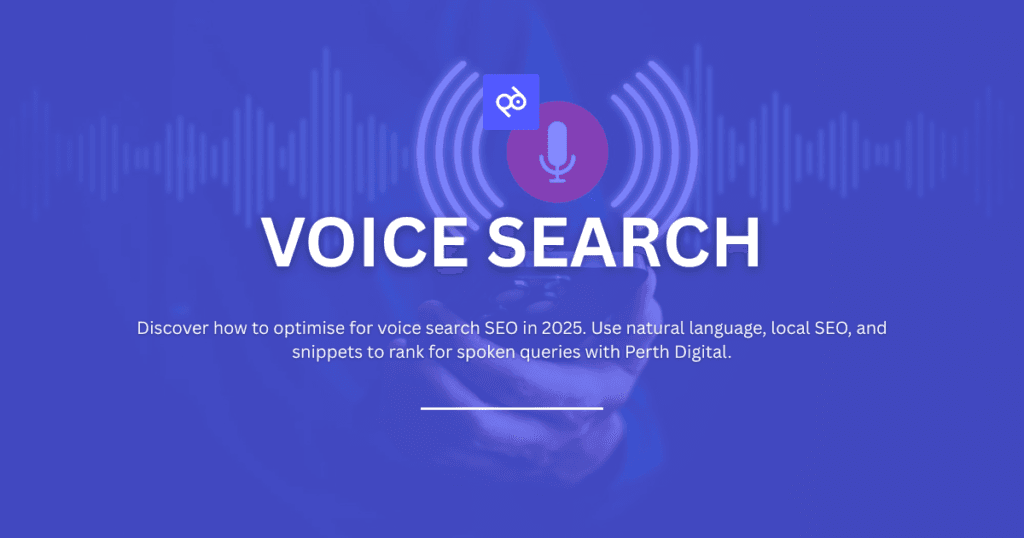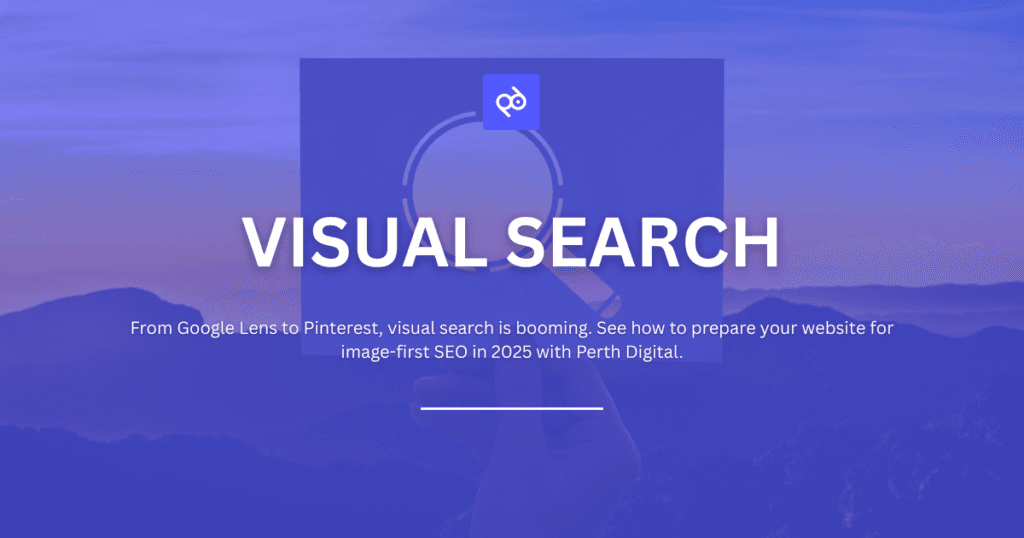It’s very easy to lose yourself only in the content available on your website, because it makes sense, right? You created them so of course you would pay closer attention to them. But what about the content you don’t? That’s where content gaps come in. Identifying and fixing these gaps can transform your website’s performance, helping you attract more traffic, answer your audience’s questions, and rank higher on search engines.
We’ll break down exactly what content gaps are, why they matter, and how to conduct a content gap analysis to uncover and resolve them. After finishing this article, you’ll learn how to make your content strategy more complete and effective.
What Are Content Gaps?
Content gaps refer to the missing pieces in your content strategy, topics, keywords, or questions your target audience is searching for, but which your website doesn’t currently cover. These gaps can cause you to lose visibility in search engine results and lose out potential customers to your competitors, who do in fact have this much needed information up and ready on their website.
A content gap comes in various shapes and sizes, but most of them might look like:
- A blog that discusses beginner topics but ignores advanced user needs.
- Product pages that don’t answer common customer questions.
- A travel blog that covers “things to do in Saigon” but not “day trips from Saigon”.
- A keyword your competitors rank for, but you don’t.
Essentially, any time your content fails to meet your audience’s needs, or skips over topics they care about, you’ve got a content gap.
Why Are Content Gaps Important?
Once you know what content gaps are, their importance is out of the question. To be more specific, identifying and fixing content gaps is crucial for several reasons:
Improved SEO Performance
Search engines want to serve the most relevant and complete information. If your site misses key topics or keywords, your rankings will suffer. Filling those gaps improves topical and page authority and increases your chances of appearing in search results.
Better User Experience
When your content thoroughly answers your audience’s questions, visitors are more likely to stay, engage, and return. This builds trust and boosts conversion rates.
Competitive Advantage
If your competitors are covering certain topics and you aren’t, you’re leaving traffic and leads on the table. Identifying gaps through a content gap analysis lets you catch up, or leap ahead.
Types of Content Gaps
Not all content gaps are the same. Understanding the different types will help you spot them more easily and depending on your website’s performance, you can focus on a specific type of content gap to ensure your SEO is optimised.
1. Keyword Gaps
These are keywords your competitors rank for, but you don’t. This is one of the most common and measurable content gaps. You can find these through tools like Ahrefs, Semrush, or Ubersuggest.
2. Topical Gaps
Sometimes it’s not just about keywords, but entire topics you haven’t covered. For example, if you’re a personal finance adviser but you don’t have any content about budgeting for retirement, that’s a topical gap.
3. Stage-of-Journey Gaps
Your content might favour one part of the buyer’s journey (e.g. awareness) and neglect others (like decision or post-purchase). A well-rounded content strategy needs to support users at every stage.
4. Format Gaps
Not everyone wants to read a 2,000 word article. Some prefer video, infographics, podcasts or checklists. If you’re not diversifying content formats, you might be missing an opportunity to connect.
How to Conduct a Content Gap Analysis
A content gap analysis is the process of identifying what’s missing in your existing content. It’s both an art and a science, and it starts with putting yourself in your audience’s shoes.
Here’s a step-by-step guide to doing it well.
Step 1: Know Your Audience
Before analysing gaps, make sure you understand who you’re writing for. What are their pain points? What questions do they ask? What keywords do they use?
Example: If you run a gym, your audience might be searching for “how to start weight training”, “best gym workouts for beginners”, or “nutrition plans for muscle gain”. Are you covering all of those?
Step 2: Look Through Your Existing Content
Start by listing all the pages, blog posts, and resources you currently have. This is the first step of a content gap audit.
Look for:
- Which topics you’ve already covered.
- What primary keywords you’re ranking for.
- What formats you’re using.
- How well your content answers user intent.
Tools like Google Search Console, Screaming Frog, or Surfer SEO can help automate parts of the audit.
Step 3: Analyse Your Competitors
Use SEO tools like Ahrefs, Semrush, or Ubersuggest to compare your content with your competitors’. These tools can highlight:
- Keywords they rank for that you don’t.
- Pages that bring them high traffic.
- Gaps in your topic coverage.
Example: You discover your top competitor ranks for “how to get backlinks” but you’ve never written about it. That’s a keyword gap you could fill with a helpful guide or checklist.
Step 4: Map Your Content to the Buyer’s Journey
Plot your existing content across the different stages of the buyer journey:
- Awareness: blog posts, guides, explainer videos.
- Consideration: comparisons, case studies, webinars.
- Decision: product demos, testimonials, pricing pages.
- Retention: onboarding guides, FAQs, loyalty tips.
Are you supporting users at every step? If not, there’s your gap.
Step 5: Find Questions You Haven’t Answered
Content gaps imply that you’re still not answering what users are looking for. So the best way to know what they want to read is to use tools like:
- AnswerThePublic
- Google’s People Also Ask section
- Google Search Autocomplete
These show you real questions people are asking that may not be covered on your site.
Example: If you’re a mortgage adviser and people search for “can I get a mortgage with bad credit in Australia?”, but you haven’t written about that yet, bingo, that’s a content gap.
Step 6: Prioritise and Create
After you’ve got a list of all the topics you haven’t touched on, it’s time to filter them down to elements that would make for great quality content. Not all gaps are equal so make sure you prioritise based on:
- Search volume and traffic potential
- Alignment with your products or services
- Competitive difficulty
- Relevance to your audience
Then, start creating! Or repurpose existing thin content, if you have them. Sometimes it’s a matter of expanding or updating what you already have.
Fixing Content Gaps: Best Practices
Once you’ve identified your gaps and the type of content most suited for them, it’s high time you understand some of the best practices when fixing your content gaps. Here’s how to close them effectively.
Match Content to Search Intent
Each keyword or topic should align with what the user expects. Don’t write a sales pitch when they want a how-to guide. To make this easier, you can consider creating topic clusters first, grouping your content to relevant main sections, then branching out from there.
Focus on Quality Over Quantity
Don’t just churn out content. Aim to create the most helpful, well-structured and user-friendly resource on the topic with a focus on primary and secondary keywords to help search engines pick up on the intent of your posts and easier for readers to understand the content.
Use Clear Structure and Subheadings
The most important thing about a piece of content, aside from what it says, is how it’s presented. Easy to scan, easy to read, and easy to remember are number one priorities when creating for your target customers. Use subheadings, bullet points, and visuals to improve readability, especially for long-form content like this.
Interlink Related Pages
Once you’ve filled a gap, link to and from it using internal links. This boosts SEO and keeps users engaged.
Refresh Your Content Regularly
New gaps can appear over time as search trends change. Revisit your content gap audit every few months to stay ahead.
Don’t Just Create — Complete
Your website might already have great content, but without filling in the blanks, you’re only telling part of the story. Conducting a thorough content gap analysis helps you see what you’re missing.
At Perth Digital, we focus on boosting your website’s SEO with tailored strategies. If you wish to make your brand known to the right audience, then we’re got you covered. Contact us today!



